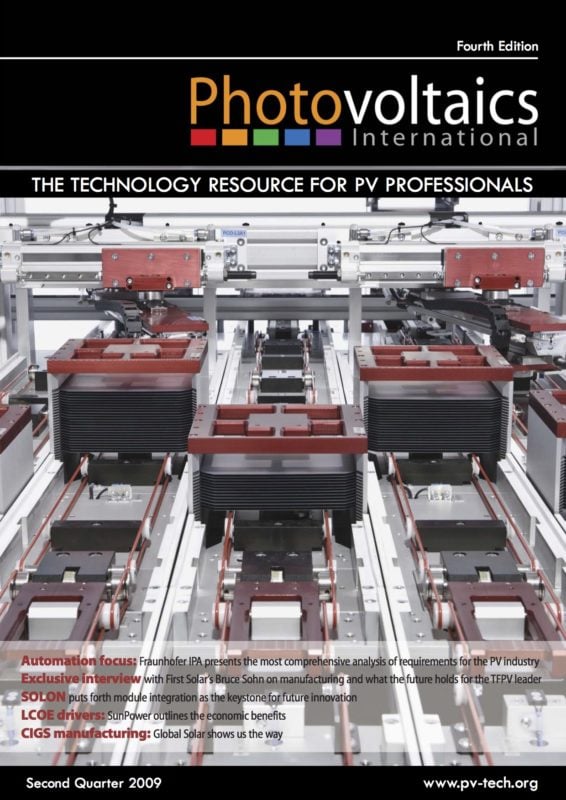By Mark McIntyre, Business Development Manager, Global Solar Energy
Despite the low-cost, high-efficiency, radical form factor promise of many thin-film photovoltaic technologies, scaling these materials to large-volume production has presented a wide array of challenges. Because of the recent polysilicon shortage, an incredible amount of resources have been focused on this goal and many thin-film alternatives are now available. One of the most intriguing of these materials, copper indium gallium diselenide (CIGS), has great potential to reset the thin-film market and make new applications cost effective and viable. CIGS technology is differentiated from competing PV materials by a combination of factors. The manufacturing cost of thin-film cells can be very inexpensive since they require few raw materials and can be made with an efficient, scalable roll-to-roll process. CIGS has been established as the most efficient thin-film technology in converting sunlight into electricity. A flexible substrate will ultimately enable energy and building-integrated applications beyond the capability of rigid, heavier PV products.



